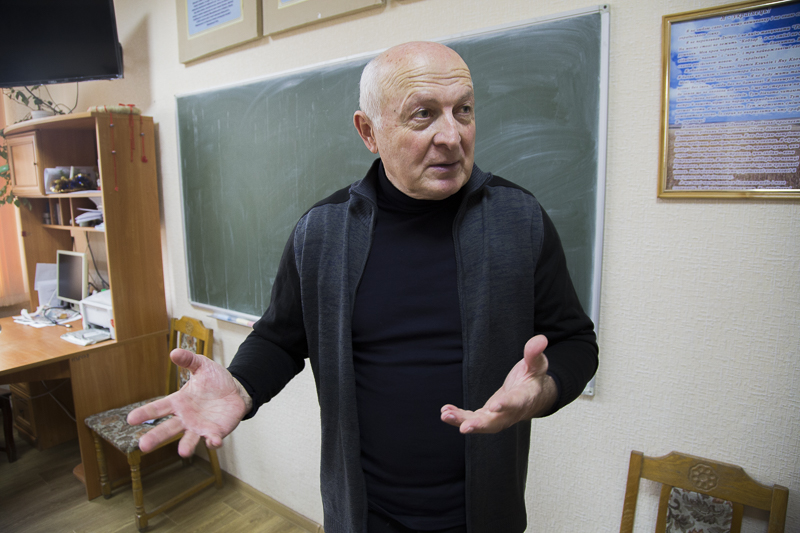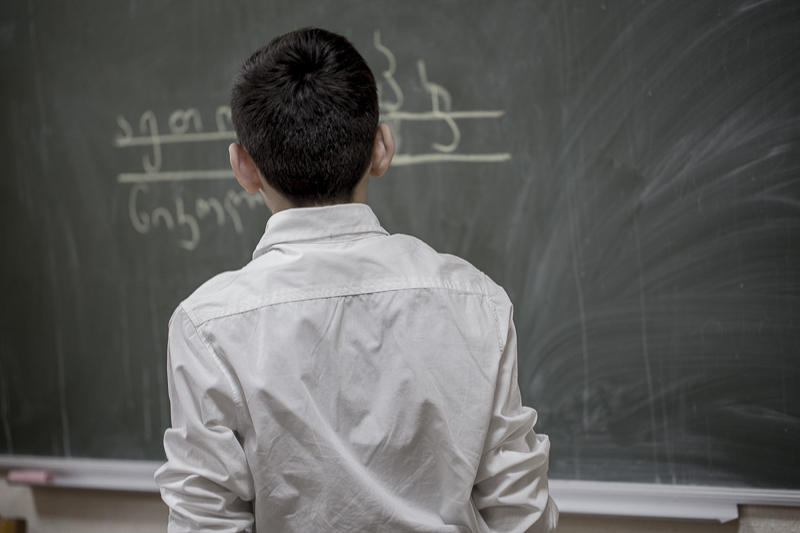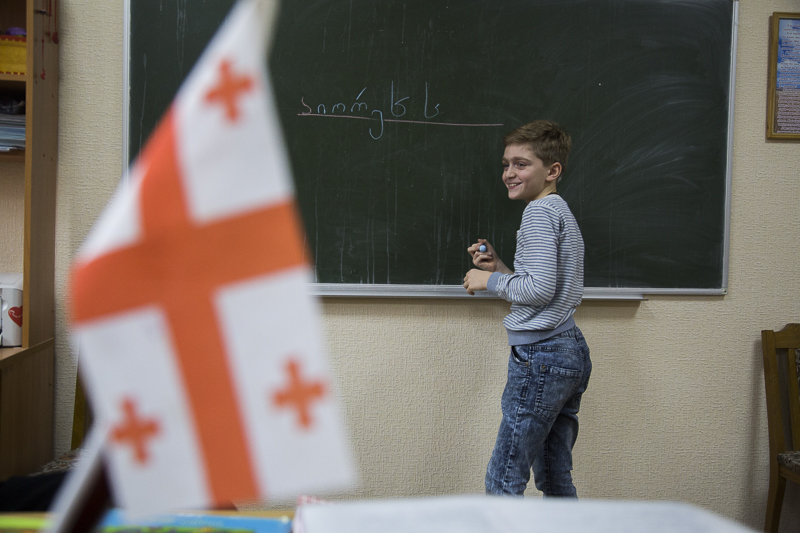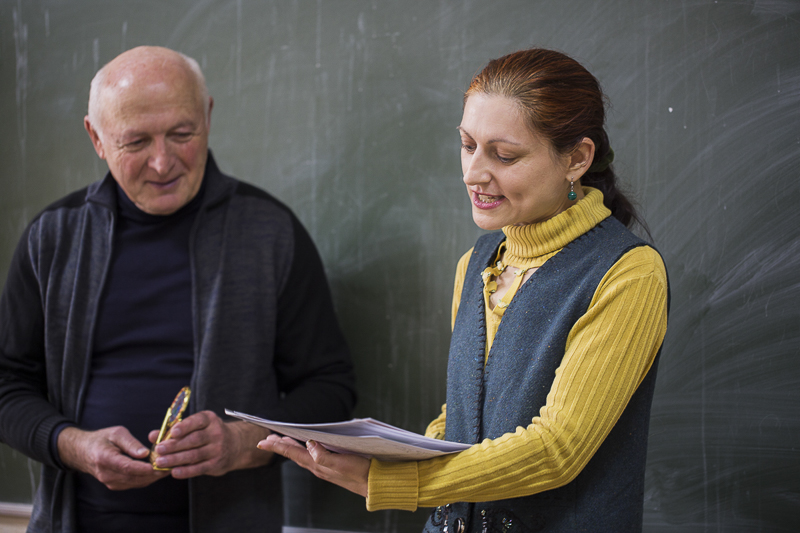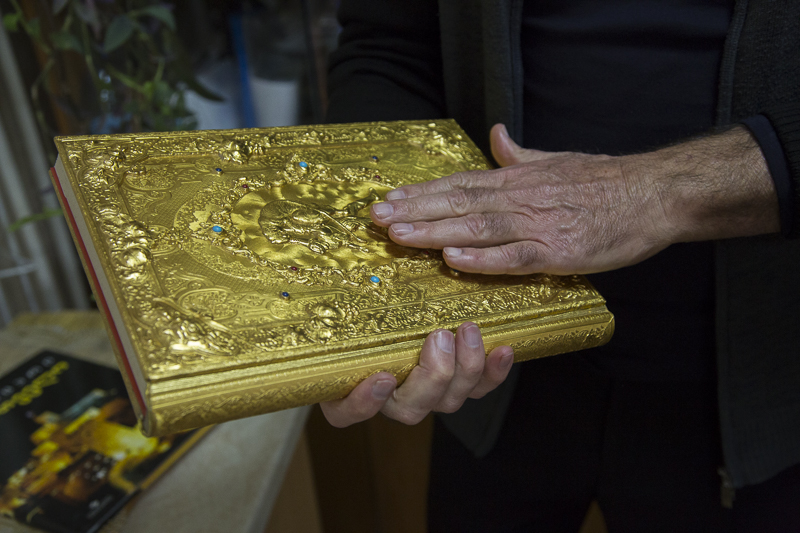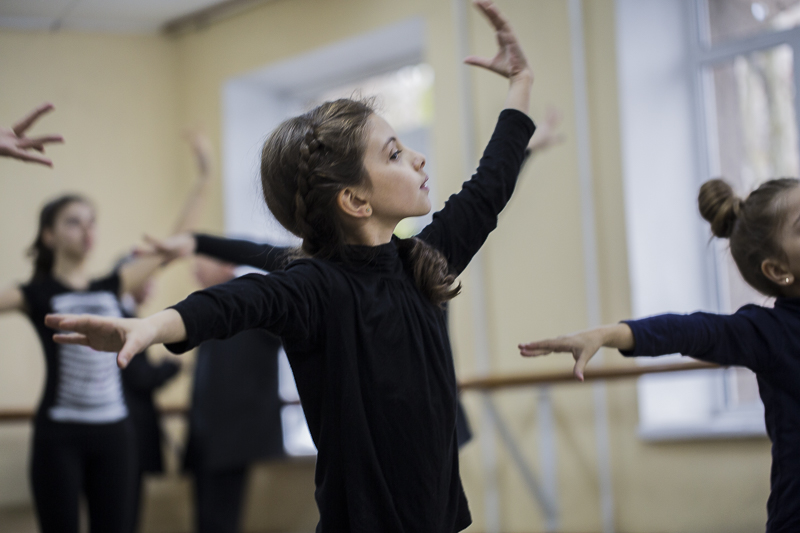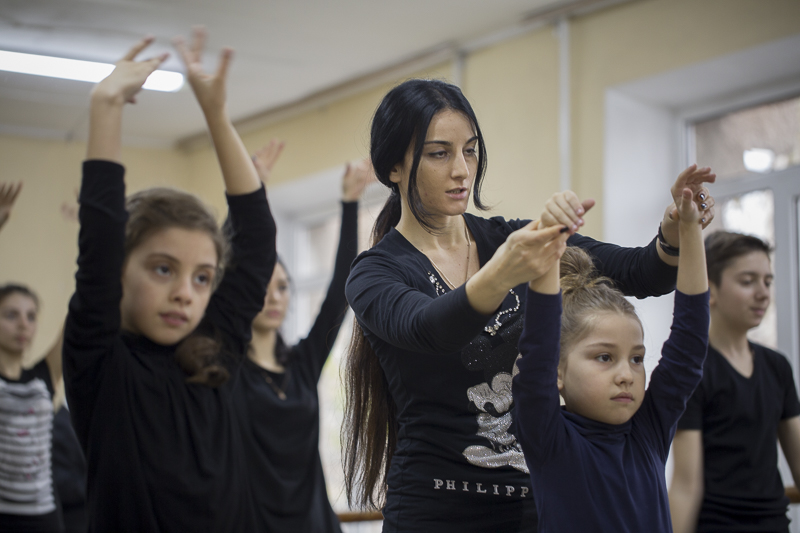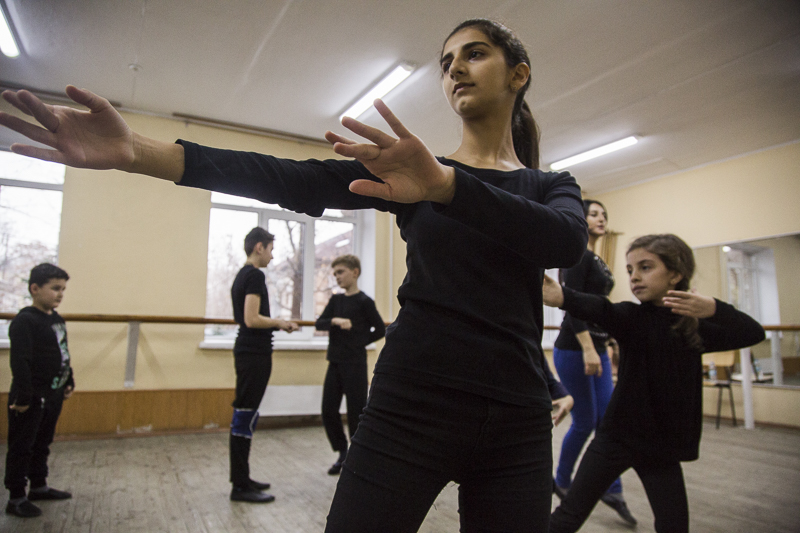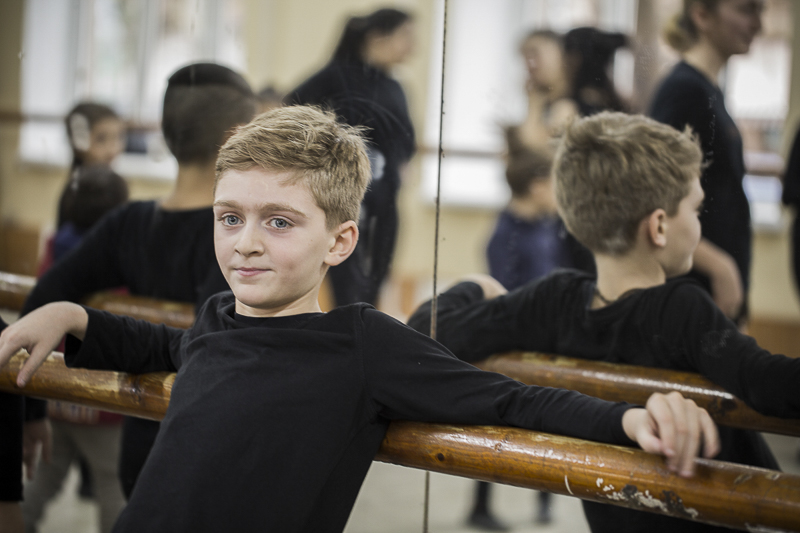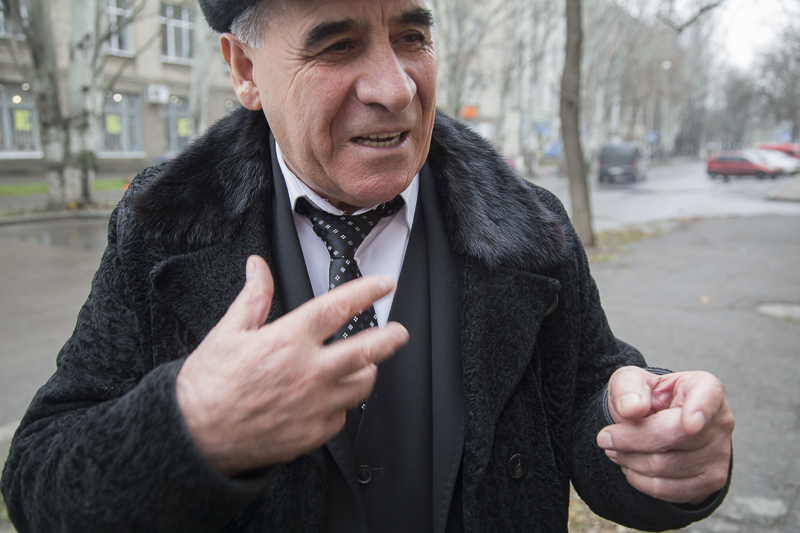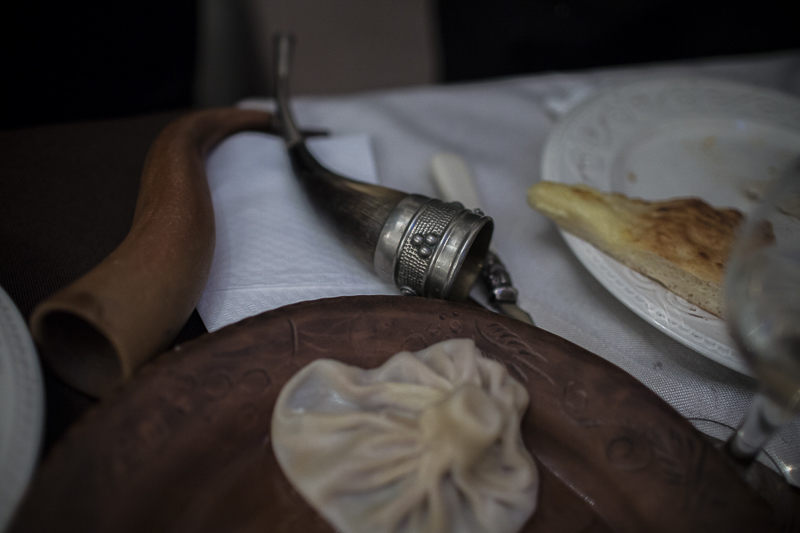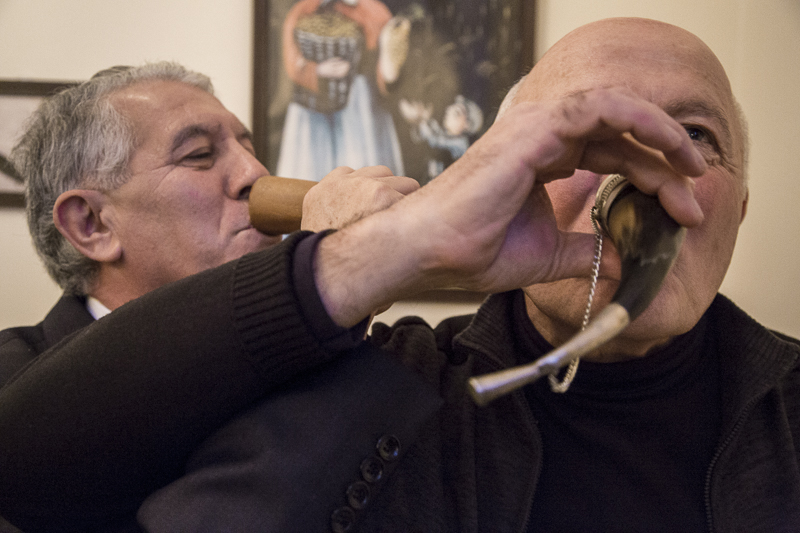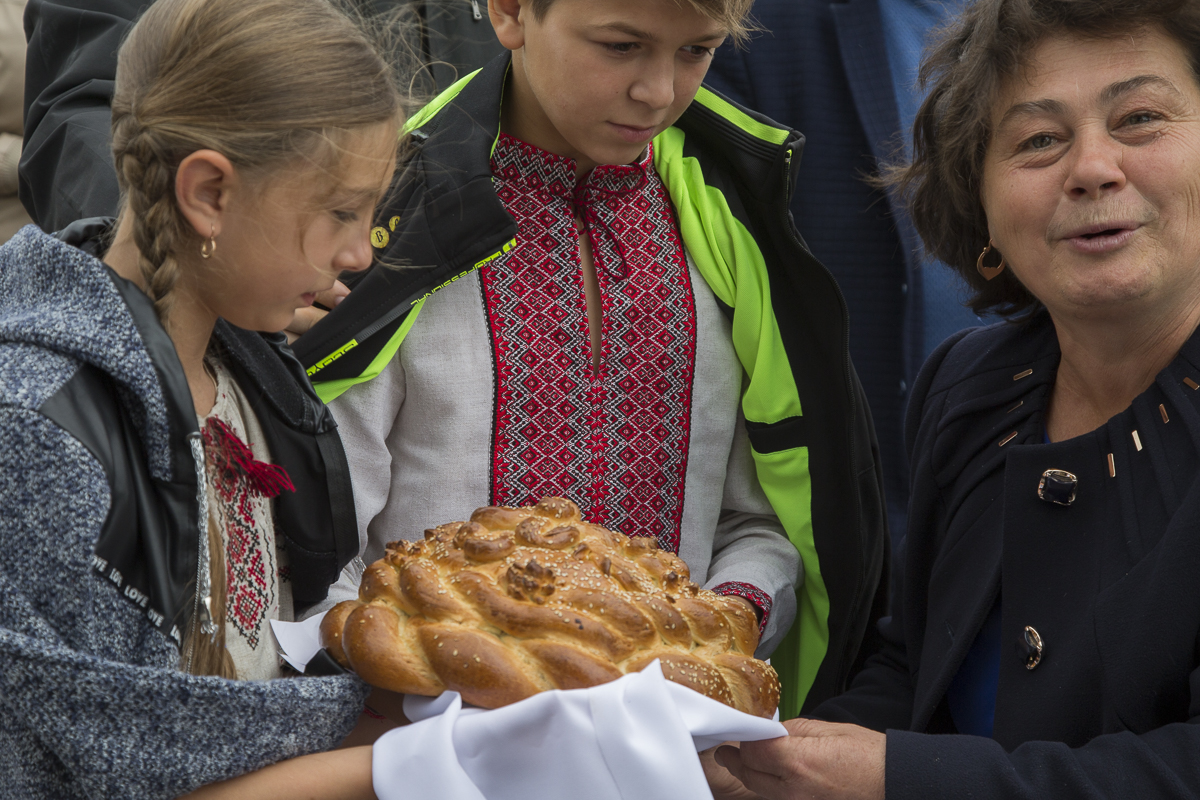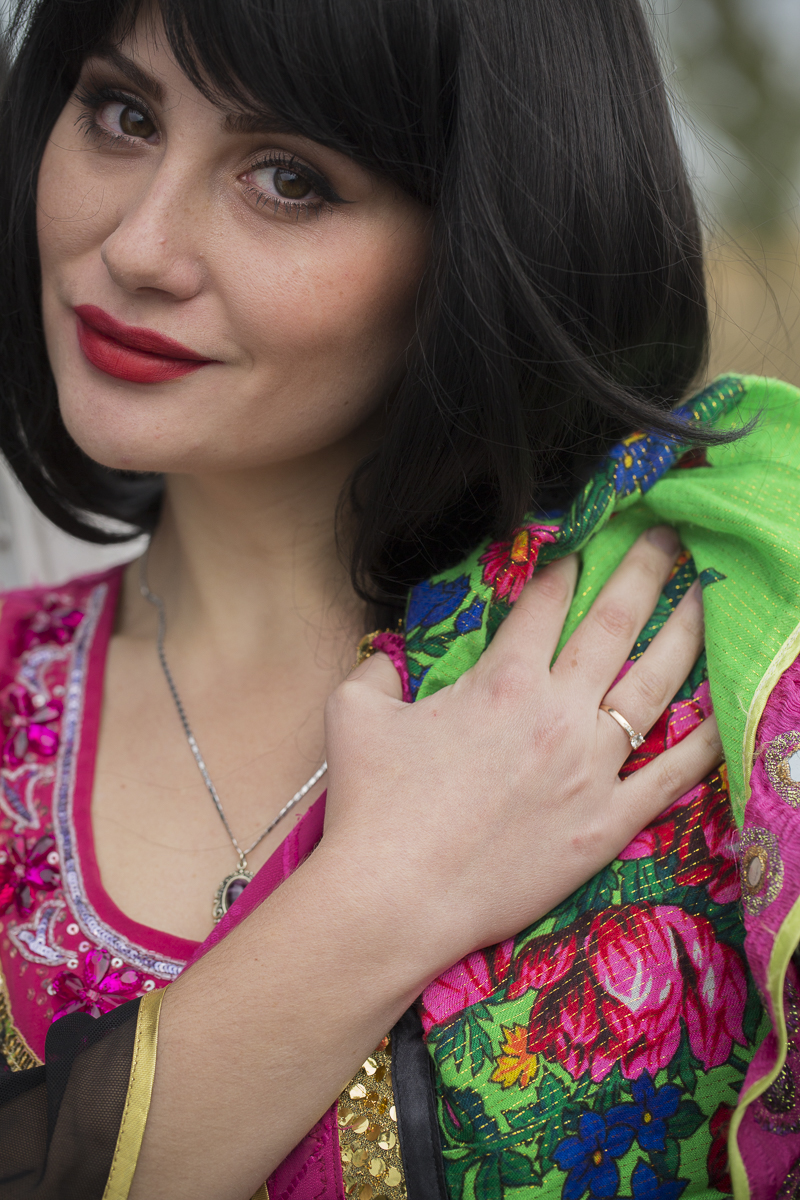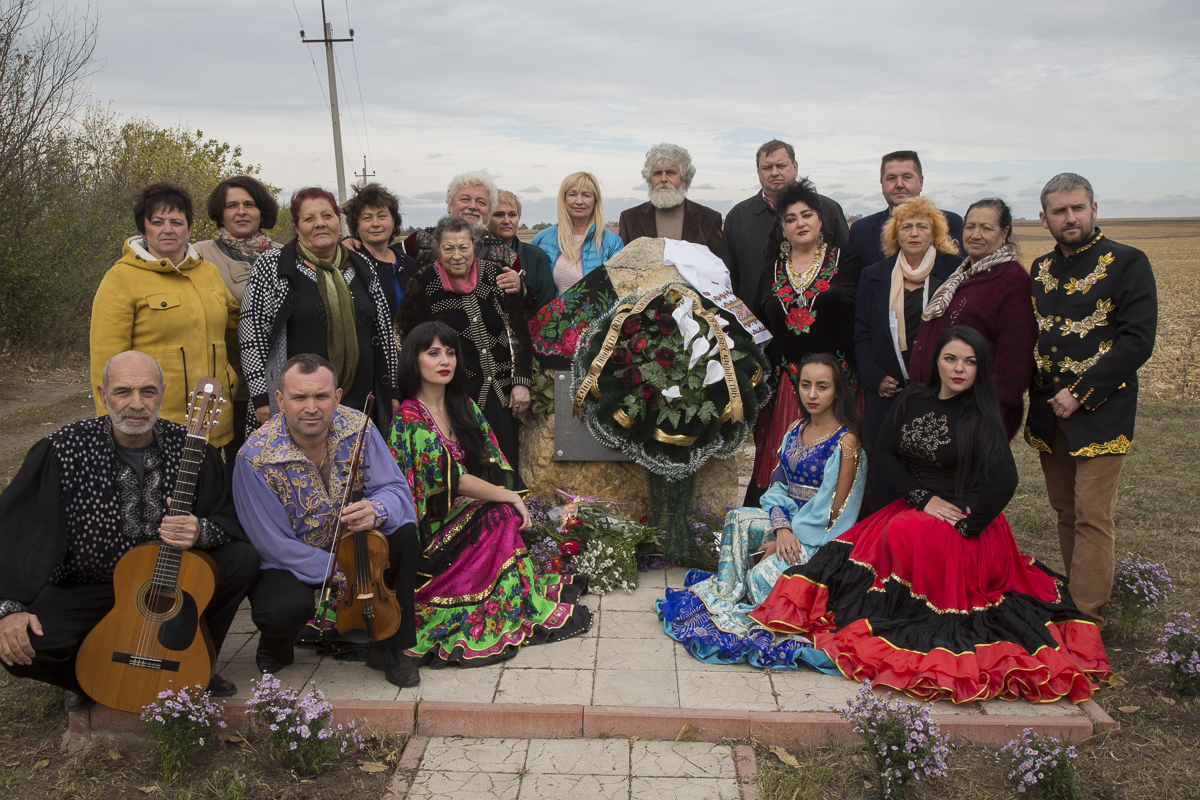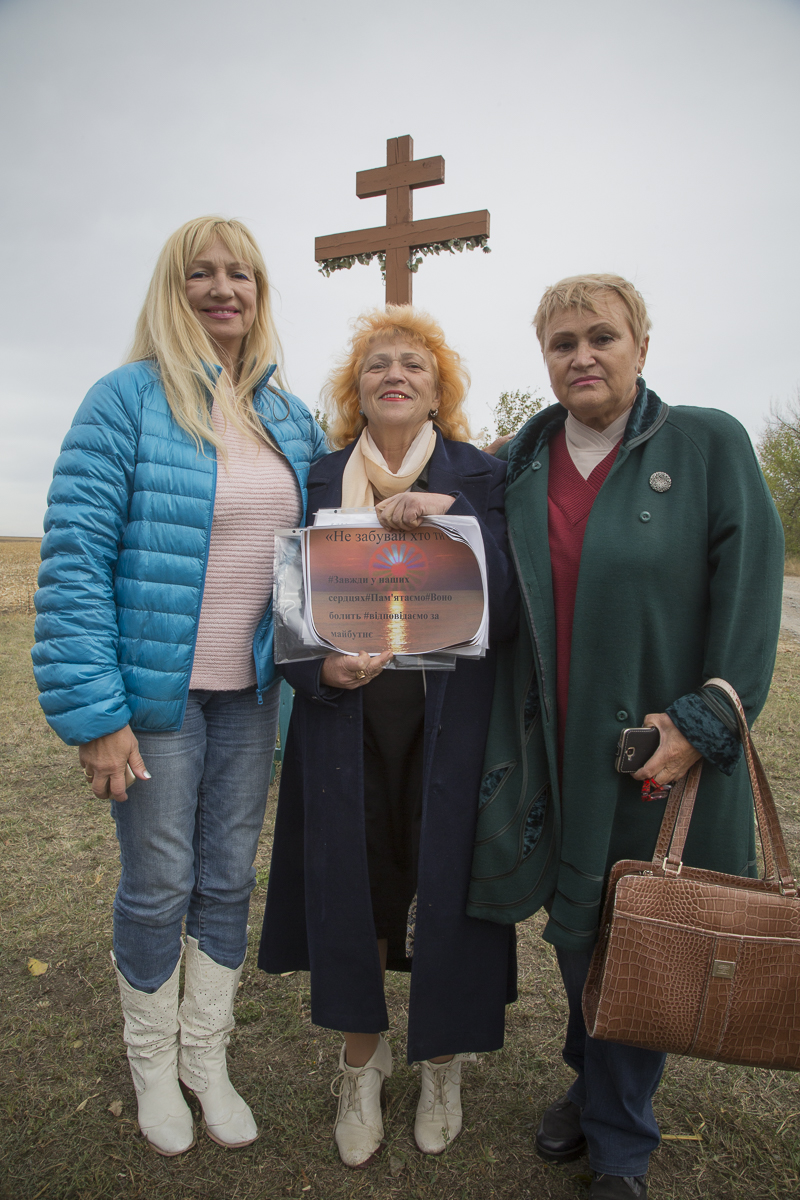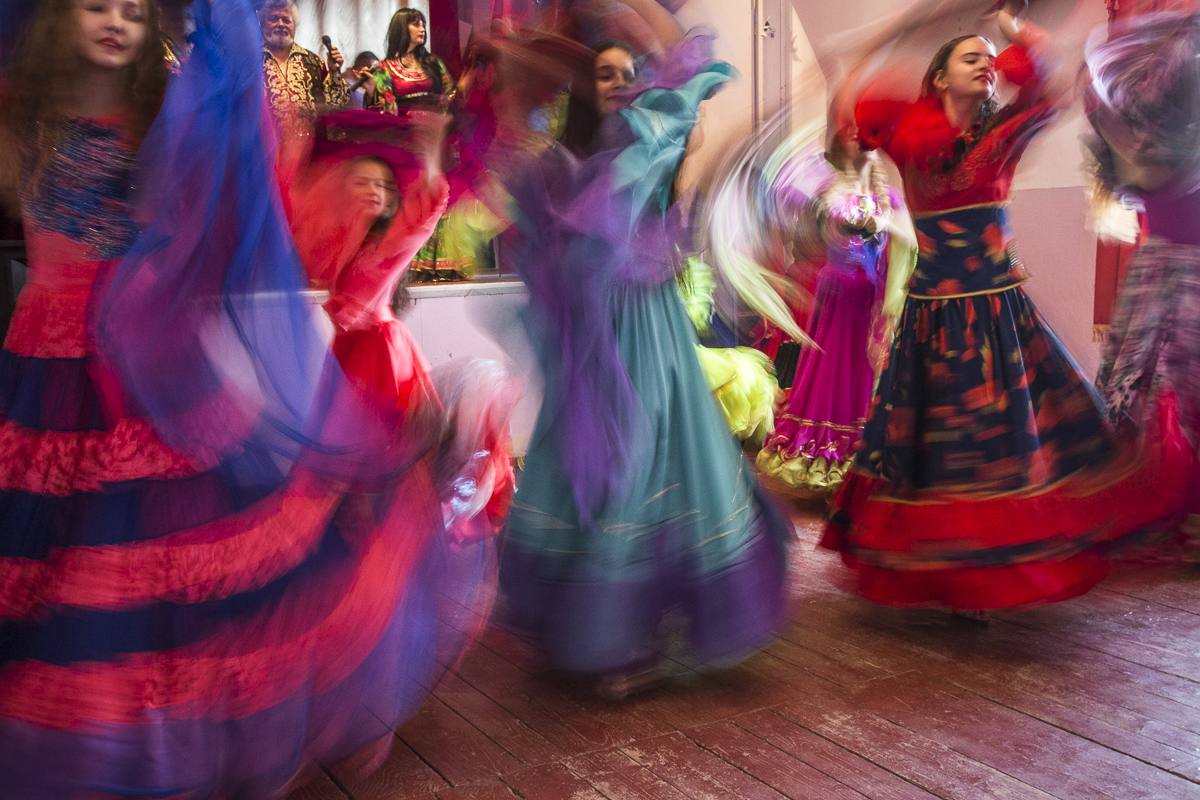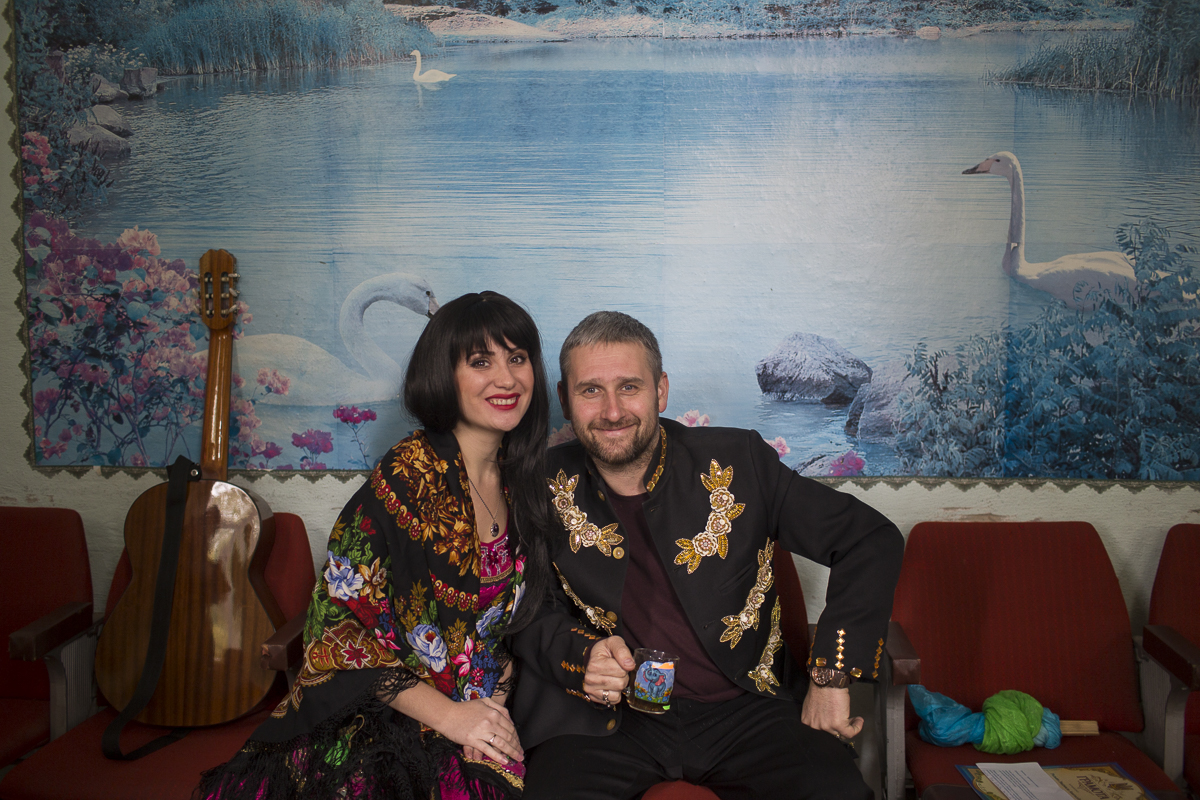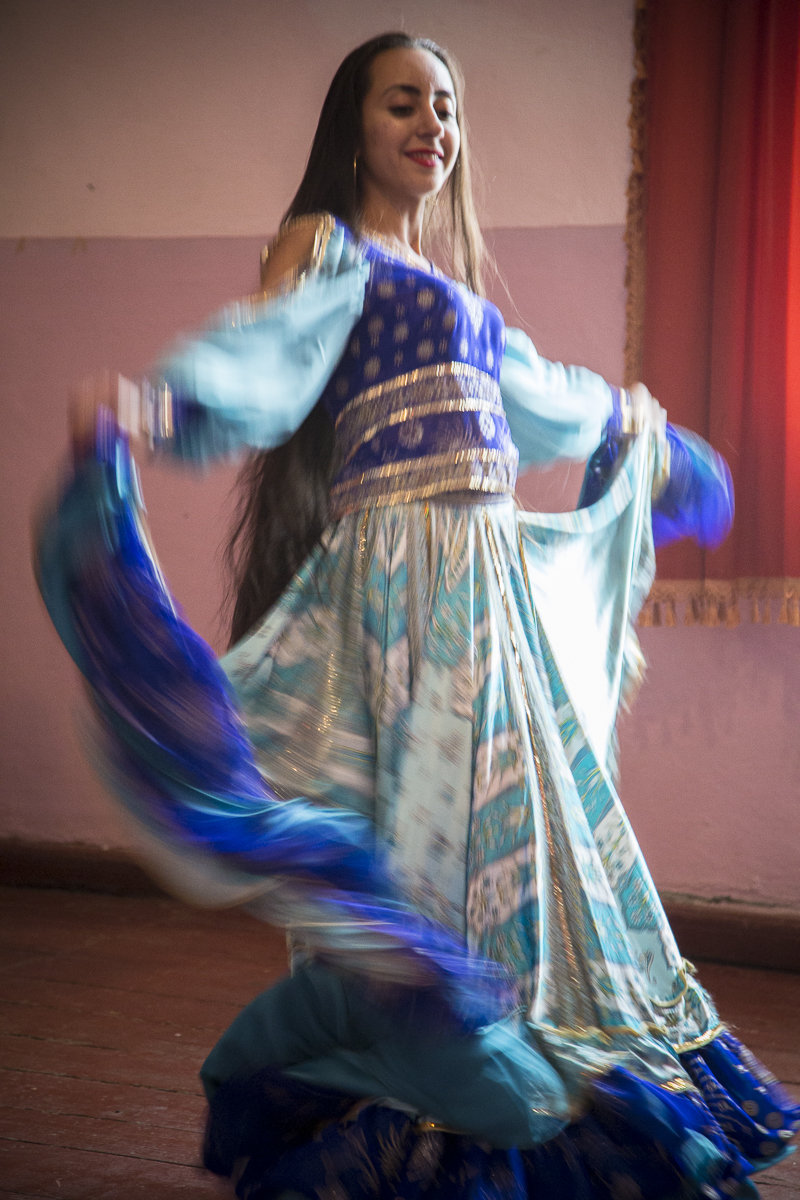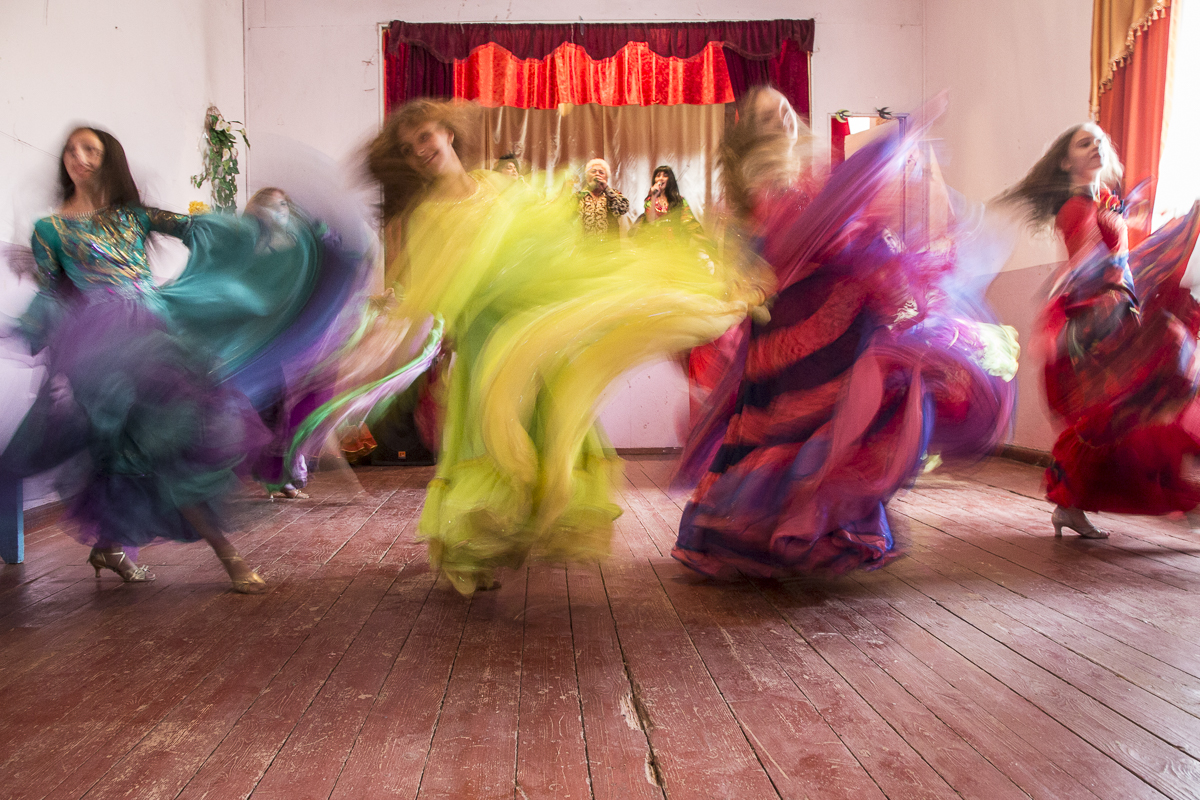By Gabriela Bulisova and Mark Isaac
During the Soviet era, the expression of ethnic identity was discouraged or even punished, so people of many backgrounds were forced to suppress any public celebration of their roots. But after Soviet rule collapsed, the public embrace of one’s origins once again became possible. That is the case in Mykolaiv, where people from more than 130 different nationalities live together peacefully. Many of them are taking strong action to preserve their language and culture.
One of the best examples is the Georgian community. When conflicts broke out in the Abkhazia region of Georgia following the dissolution of the Soviet Union, tens of thousands of ethnic Georgians were killed and as many as 250,000 were forced to flee, some to Southern Ukraine. Now they are fighting to preserve their language and culture in their new homeland.
At the Mykolaiv College of Culture and Arts, we were invited into a classroom where the Georgian language is being taught to children of different ages. This language, which is unique among world tongues and employs its own very beautiful, rounded script, is alive in Mykolaiv thanks to the ongoing efforts of teacher Valeriy Ekhvaya, a leader of the Mykolaiv Georgian community who carefully tutors students in both reading and writing.
On the day we met him, he was awarded a certificate commending him for his work cultivating ties to other local minorities by Lalita Kaimarozova, an official responsible for outreach to all the national communities in Mykolaiv. His friends Yunus Aliev and Shamil Ismailov, members of the Azerbaijani community in Mykolaiv, attended to support him and to celebrate the long-term friendship of Georgians and Azeris. Among other things, when Georgia was attacked by Russia in 2008 following conflict in the South Ossetia region, Azerbaijanis offered support to the Georgian people.
But it is not only language that Georgians seek to preserve. We were invited to move from the classroom to the dance studio, where Georgian dance was joyously and energetically performed by beaming young people. And from there, we moved to a modern Georgian restaurant, complete with painted replicas of famous Georgian paintings, where we shared unique Georgian dishes, such as a flat bread with cheese and spicy stuffed pasta pillows filled with juices that must be slurped down before they are consumed.
The evening ended with numerous toasts about the importance of friendship among different peoples, and with the ceremonial drinking of wine from handmade, horn-shaped flasks, which have a unique construction: they cannot be put down until they are empty!


